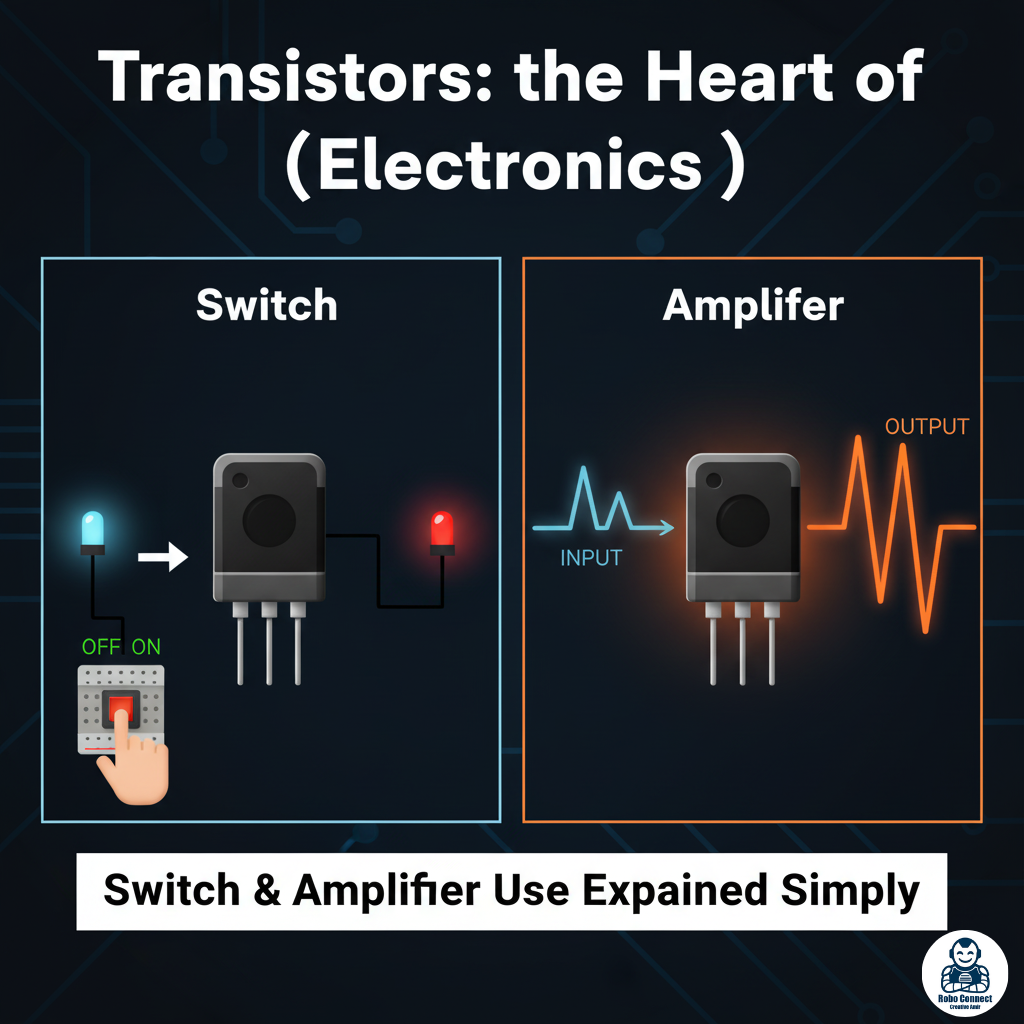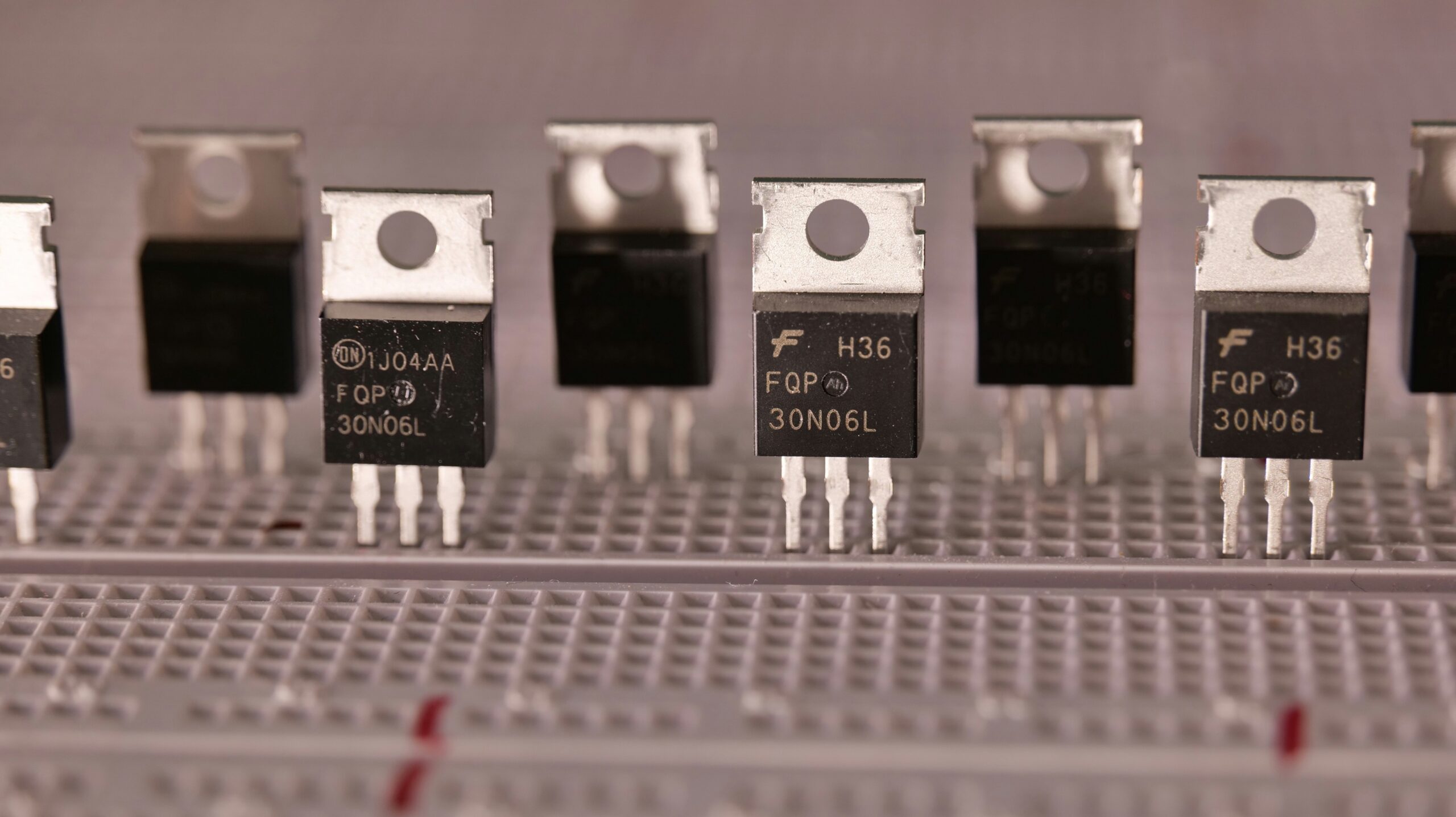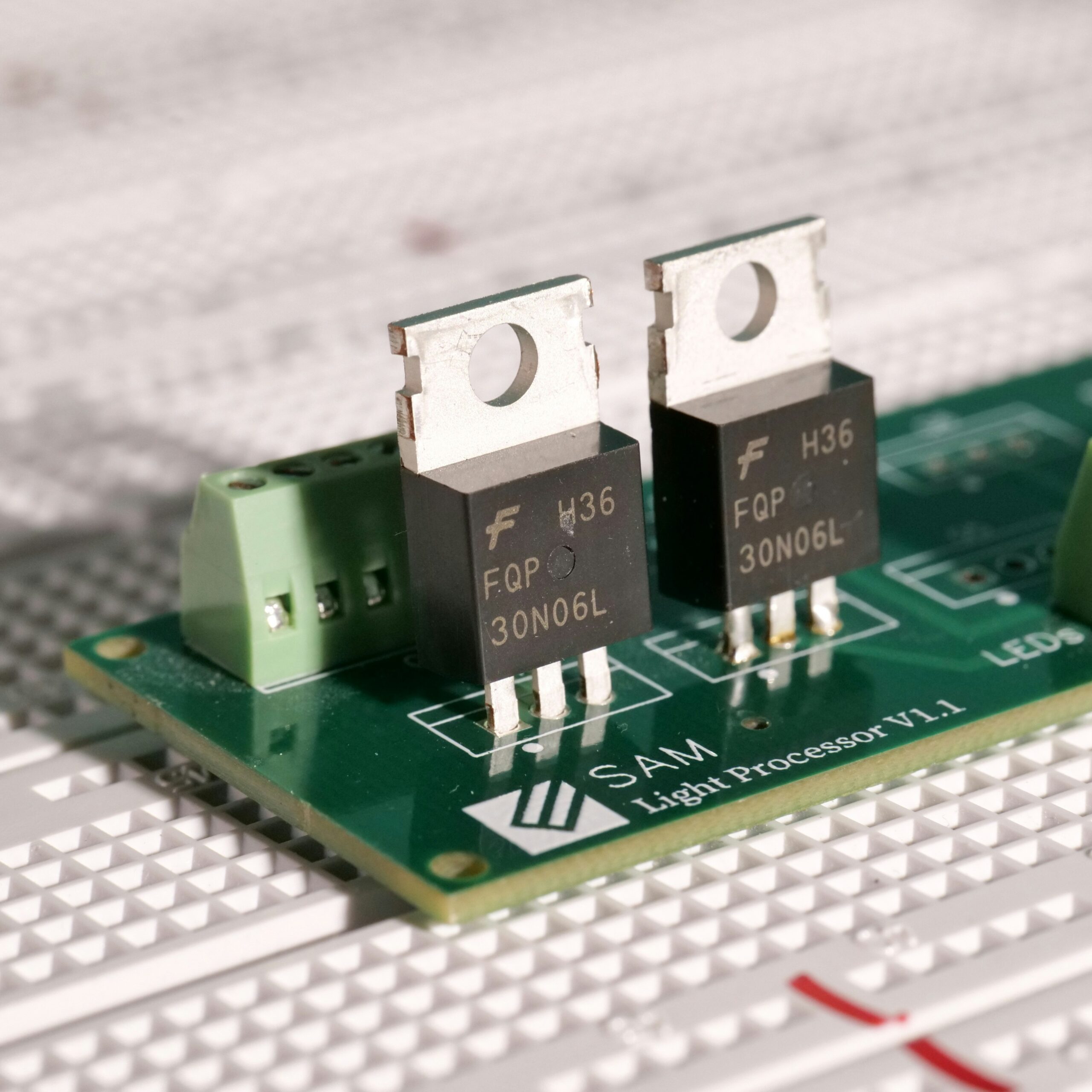Introduction
Imagine an electronic world without transistors: no smartphones, computers, radios, or even the internet as we know it. Scary, right?
The transistor is one of the greatest inventions of the 20th century. It acts as both an electronic switch and an amplifier, making it the backbone of every modern circuit. In this beginner‑friendly guide, we’ll break down what transistors are, how they work, and where they’re used.
What is a Transistor?
A transistor is a semiconductor device used to control or regulate current and voltage flow.
- Think of it as a tiny electronic gatekeeper: it can block or allow current (switching), or boost a small signal into a larger one (amplifying).
- It’s made mostly from silicon (semiconductor materials).
Millions (sometimes billions) of transistors are packed into integrated circuits (IC chips) that live inside your phone, computer, and practically every electronic device.
Transistor as a Switch
One of the most common uses of transistors is as an electronic switch:
- When no voltage is applied to the base (B), the transistor is OFF (like an open switch).
- When a small voltage is applied, it triggers a larger current to flow between collector (C) and emitter (E), turning it ON.
This ability allows transistors to control digital signals—0 (off) and 1 (on)—which is the very foundation of computing.
Every bit of data in your computer comes down to transistors switching ON and OFF billions of times per second.
Applications of Transistors
Transistors are everywhere. Some common applications include:
- Switching Circuits
- Tumbling billions of on/off actions in processors.
- Used in logic gates and digital systems.
- Amplifiers
- Boosting weak signals in microphones, speakers, and radios.
- Voltage Regulation
- Helping maintain stable power supplies.
- Signal Processing
- Used in radio communications, TV, and mobile phones.
- Computers & Microchips
- Modern microprocessors have billions of transistors etched in.
Types of Transistors
Here are the main kinds you’ll come across:
- BJT (Bipolar Junction Transistors): Current controlled, most common in simple circuits.
- MOSFET (Metal-Oxide-Semiconductor Field Effect Transistor): Voltage controlled, widely used in digital circuits and processors.
- JFET (Junction Field Effect Transistor): Less common, used in amplifiers for low-noise signals like microphones.
Real-Life Examples
- The CPU in your phone isn’t powered by magic—it contains up to 15 billion transistors, all acting as tiny switches.
- Your car radio: uses transistors to amplify weak FM signals.
- Smart home devices: rely on switching transistors for automation.



